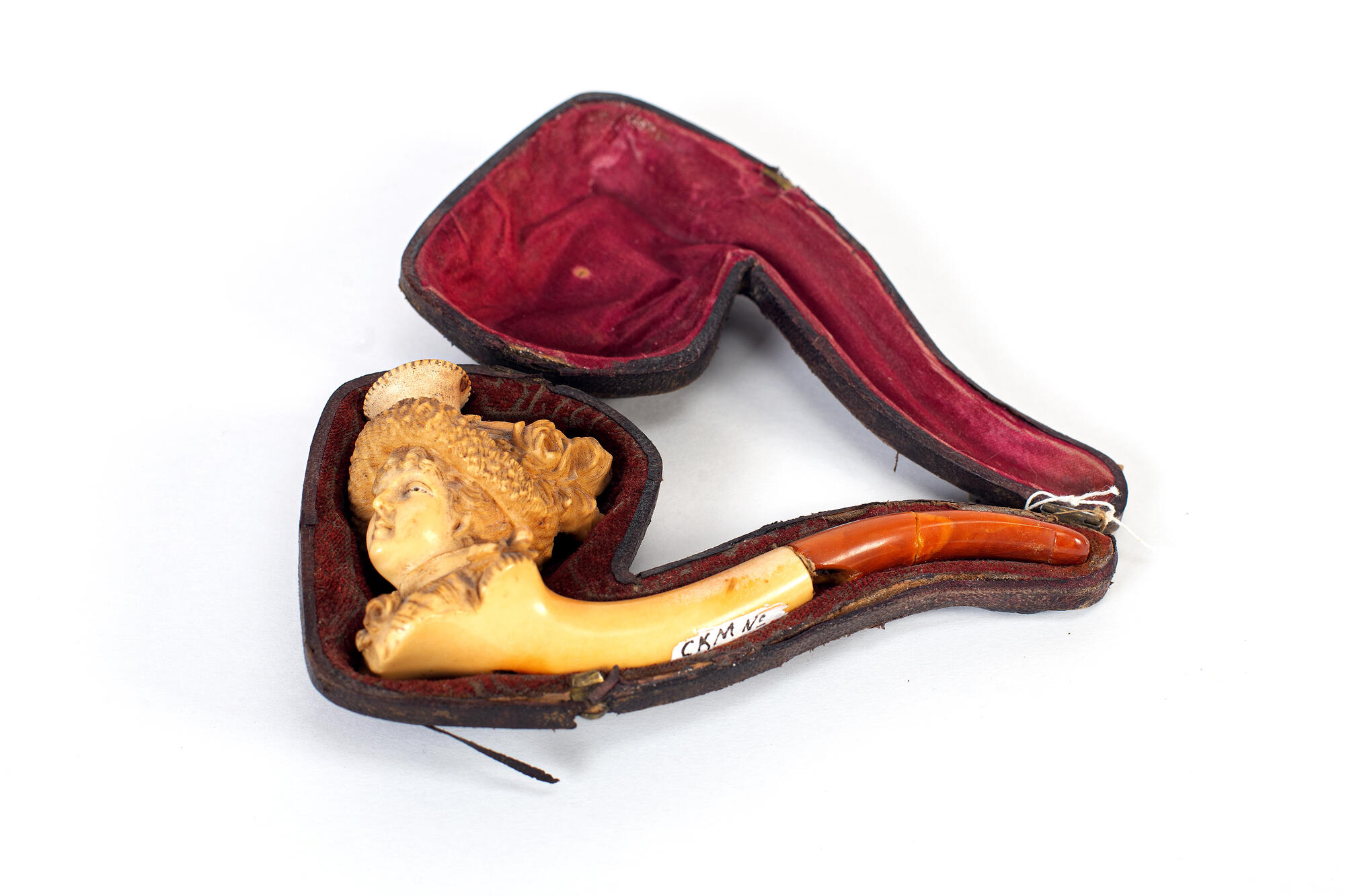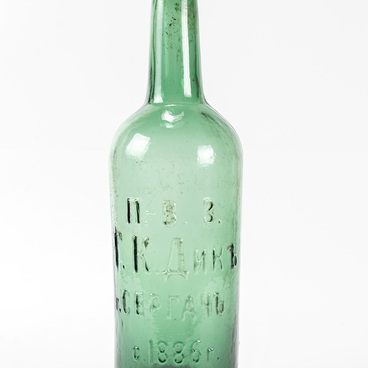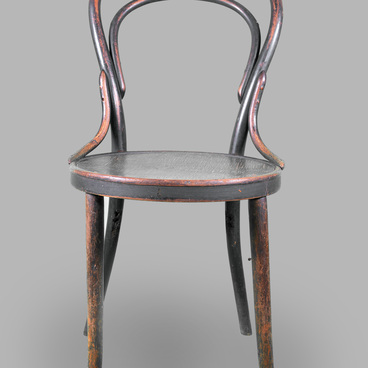A tobacco pipe is a device specifically made to smoke tobacco. It comprises a mouthpiece and a bowl for ground tobacco. Originally, pipes were used by Indian and Mexican shamans in their rituals. Tobacco pipes were introduced to Europe in the 15th century after the discovery of America, which is how the culture of smoking appeared. Pipe smoking was very popular until the mid-20th century when pipes were replaced by cigarettes produced on a commercial scale.
The tobacco pipe with a case from the collection of the Sergach Museum of Local Lore could have belonged to one of the captured Frenchmen who stayed in the Nizhny Novgorod Governorate after the Patriotic War of 1812. This elegant antique accessory was handmade of natural meerschaum and decorated with a miniature female bust.
Meerschaum, or sepiolite, is a light mineral composed of the fossilized shells of sea creatures that settled at the bottom millions of years ago. Meerschaum pipes have been highly valued for three centuries. They require no “break-in” and are suitable even for beginner smokers. The only drawback of meerschaum pipes is their fragility. If dropped or hit against a hard surface, they can easily crack, which is why they should be stored and carried in a special case.
Sepiolite adds no flavor to tobacco during smoking, which can be regarded either as a benefit or as a drawback. Because of its porous nature, the material acts as a filter, drawing moisture and tobacco tar into the stone. Over time, it changes its color from a milky white to a golden brown. Many connoisseurs regard this as a “noble tan” and consider meerschaum pipes to be the most aristocratic variation of all tobacco pipes.
Nowadays, tobacco pipes are made from synthetics, but natural materials, such as briar root, ivory, clay, and fruitwood, are regarded as a better alternative. Pipes have different bowl shapes, such as “Apple”, “Bulldog”, “Calabash”, and “Dublin”. Modern tobacco pipes can be equipped with a variety of accessories and filters that remove heavy impurities from the smoke. The basic kit includes tools for stuffing tobacco into the bowl and cleaning the pipe.
The tobacco pipe with a case from the collection of the Sergach Museum of Local Lore could have belonged to one of the captured Frenchmen who stayed in the Nizhny Novgorod Governorate after the Patriotic War of 1812. This elegant antique accessory was handmade of natural meerschaum and decorated with a miniature female bust.
Meerschaum, or sepiolite, is a light mineral composed of the fossilized shells of sea creatures that settled at the bottom millions of years ago. Meerschaum pipes have been highly valued for three centuries. They require no “break-in” and are suitable even for beginner smokers. The only drawback of meerschaum pipes is their fragility. If dropped or hit against a hard surface, they can easily crack, which is why they should be stored and carried in a special case.
Sepiolite adds no flavor to tobacco during smoking, which can be regarded either as a benefit or as a drawback. Because of its porous nature, the material acts as a filter, drawing moisture and tobacco tar into the stone. Over time, it changes its color from a milky white to a golden brown. Many connoisseurs regard this as a “noble tan” and consider meerschaum pipes to be the most aristocratic variation of all tobacco pipes.
Nowadays, tobacco pipes are made from synthetics, but natural materials, such as briar root, ivory, clay, and fruitwood, are regarded as a better alternative. Pipes have different bowl shapes, such as “Apple”, “Bulldog”, “Calabash”, and “Dublin”. Modern tobacco pipes can be equipped with a variety of accessories and filters that remove heavy impurities from the smoke. The basic kit includes tools for stuffing tobacco into the bowl and cleaning the pipe.









